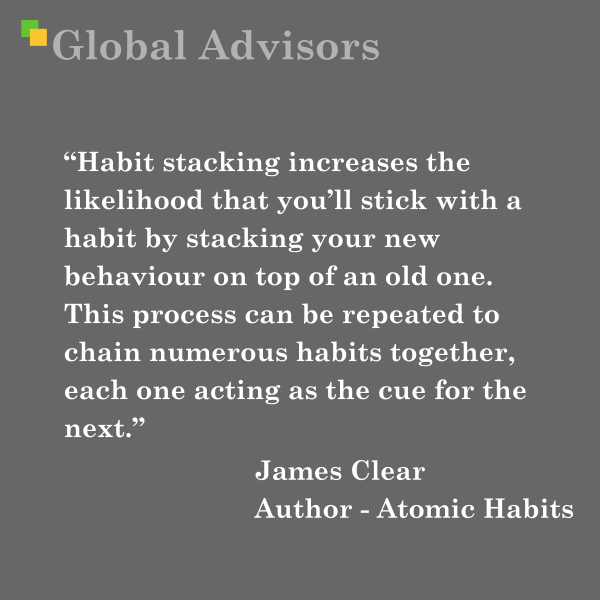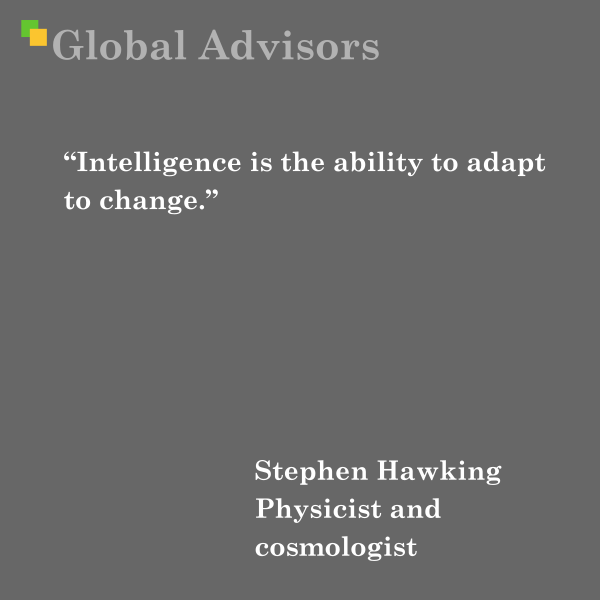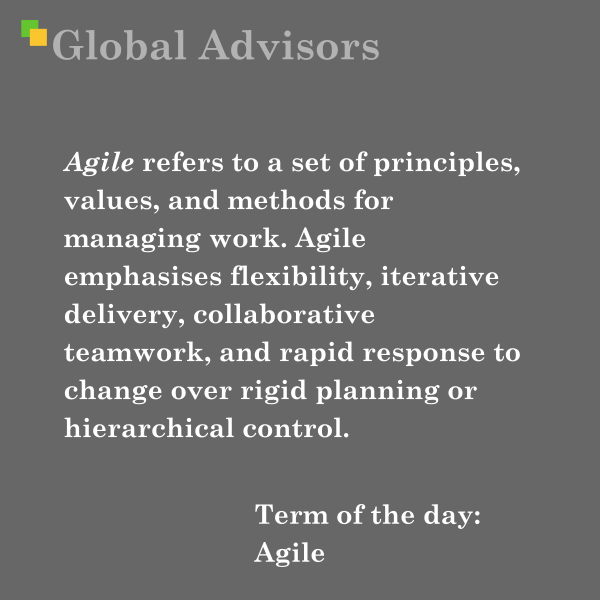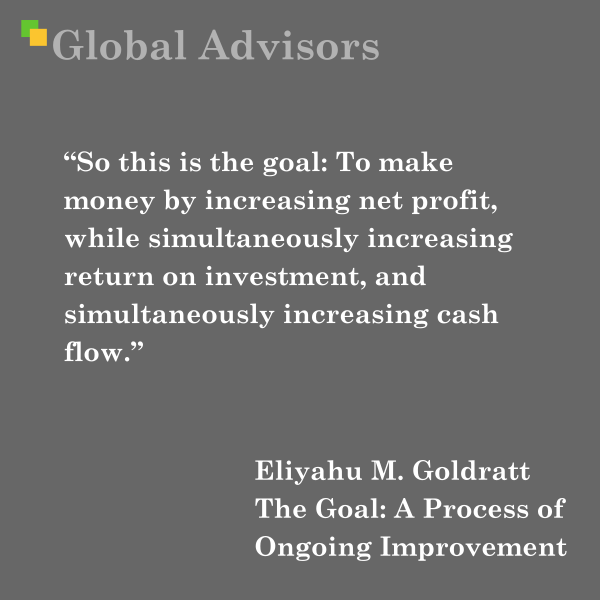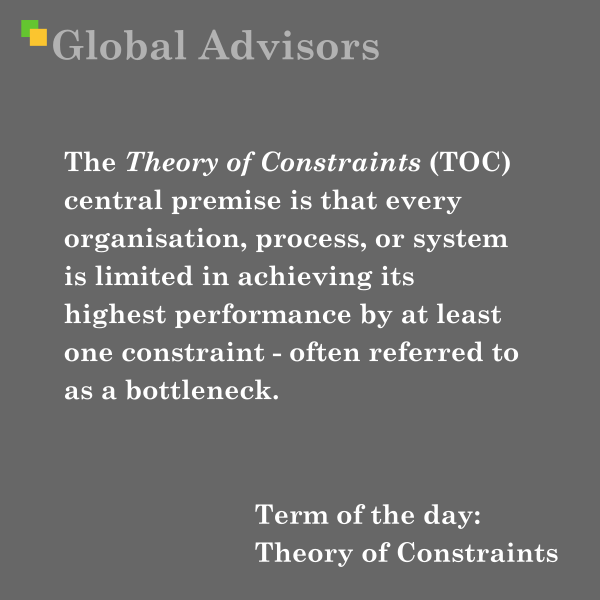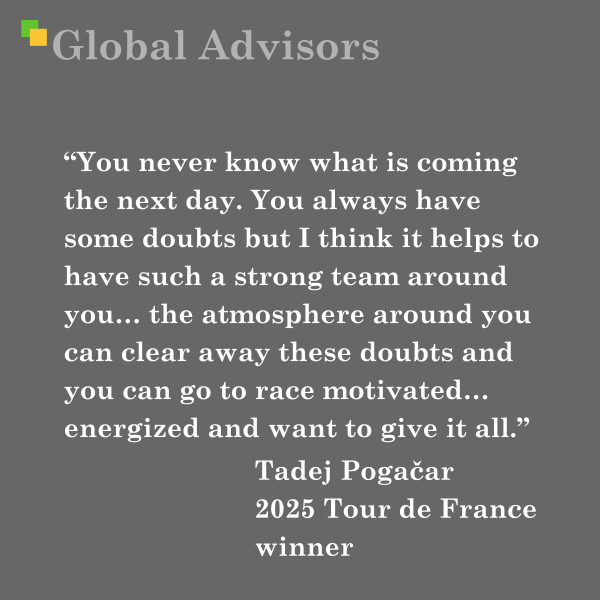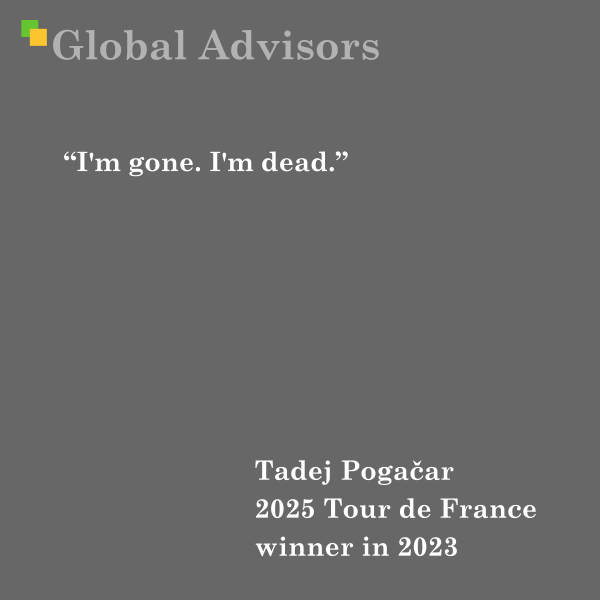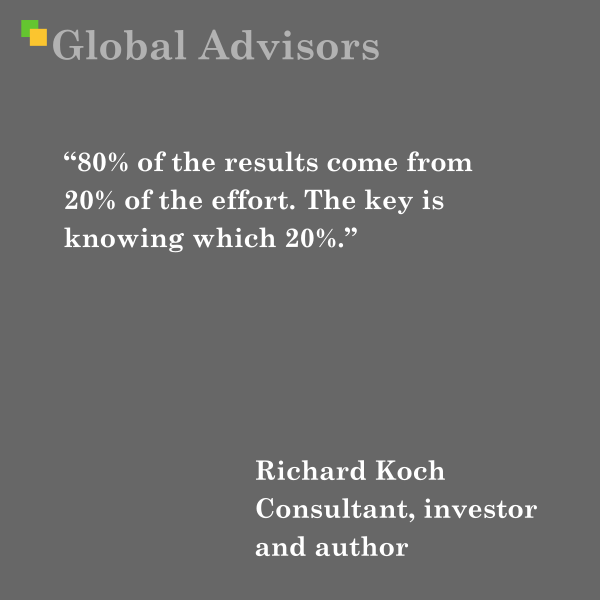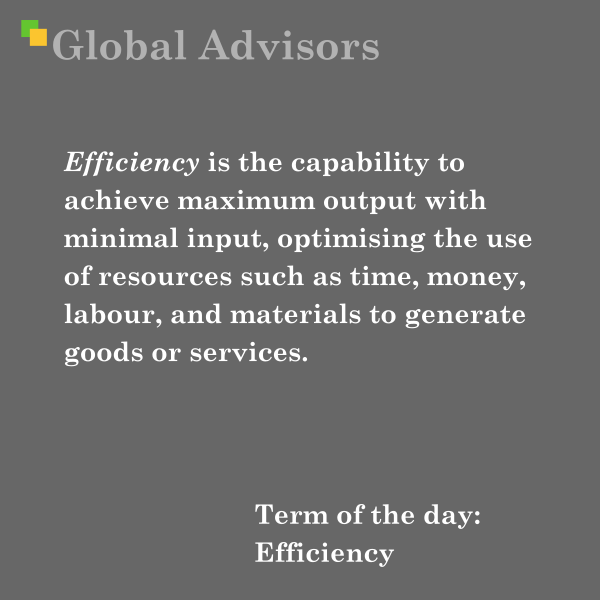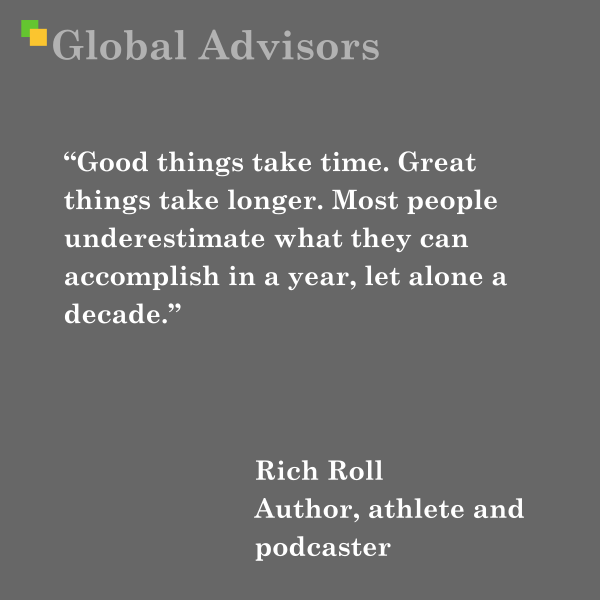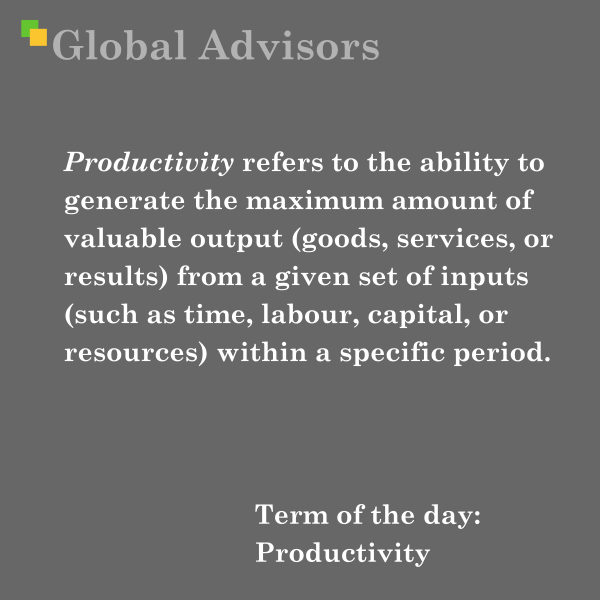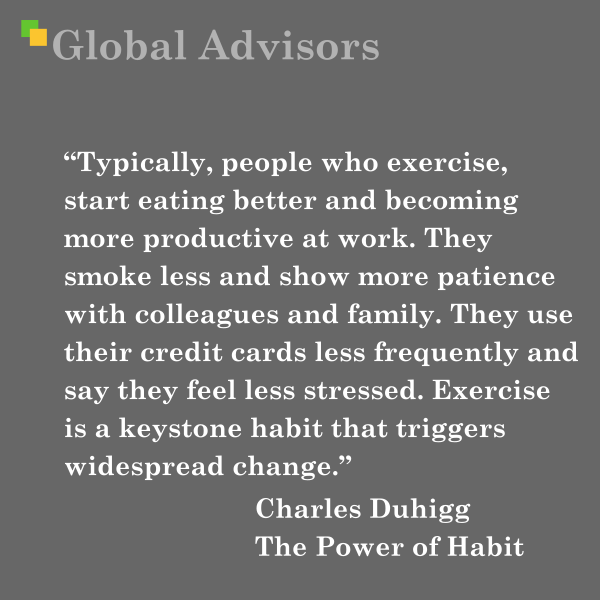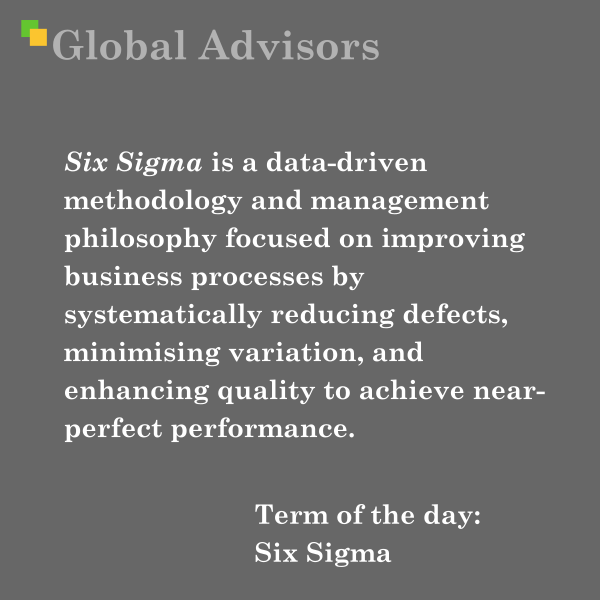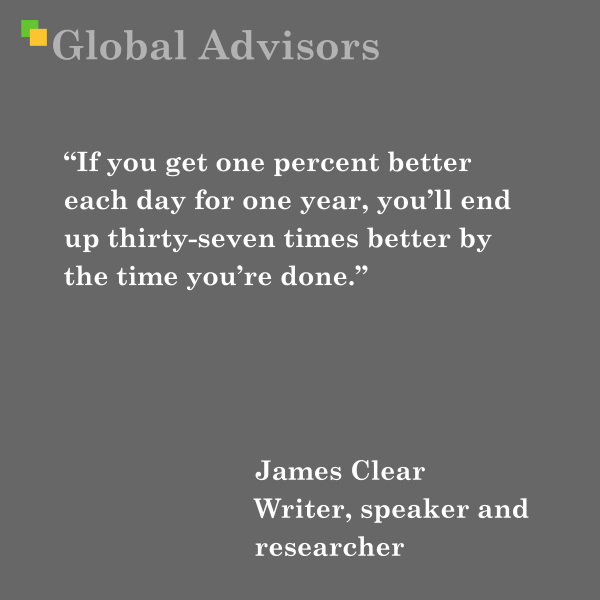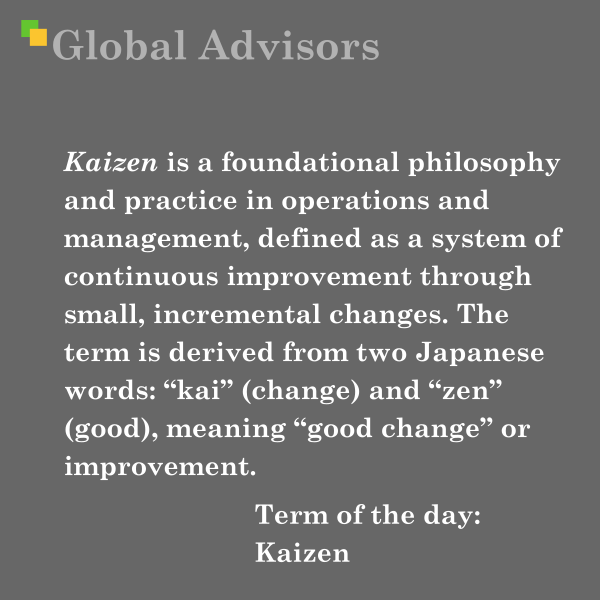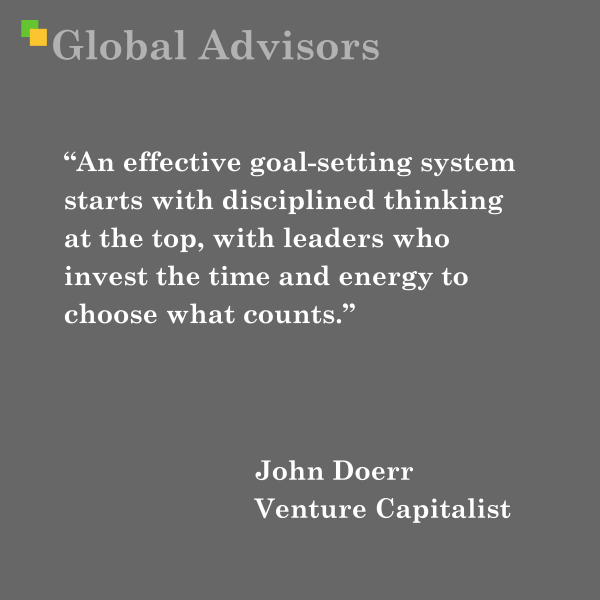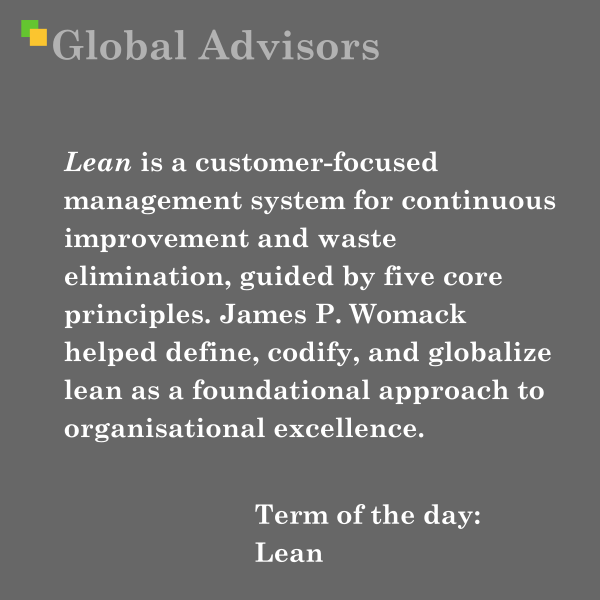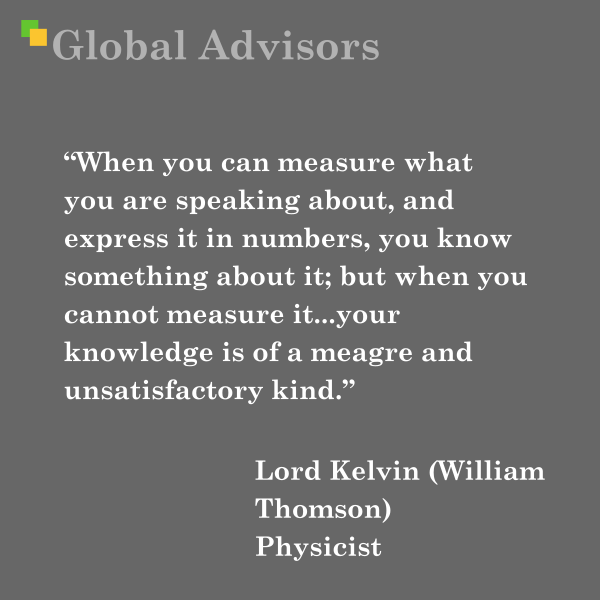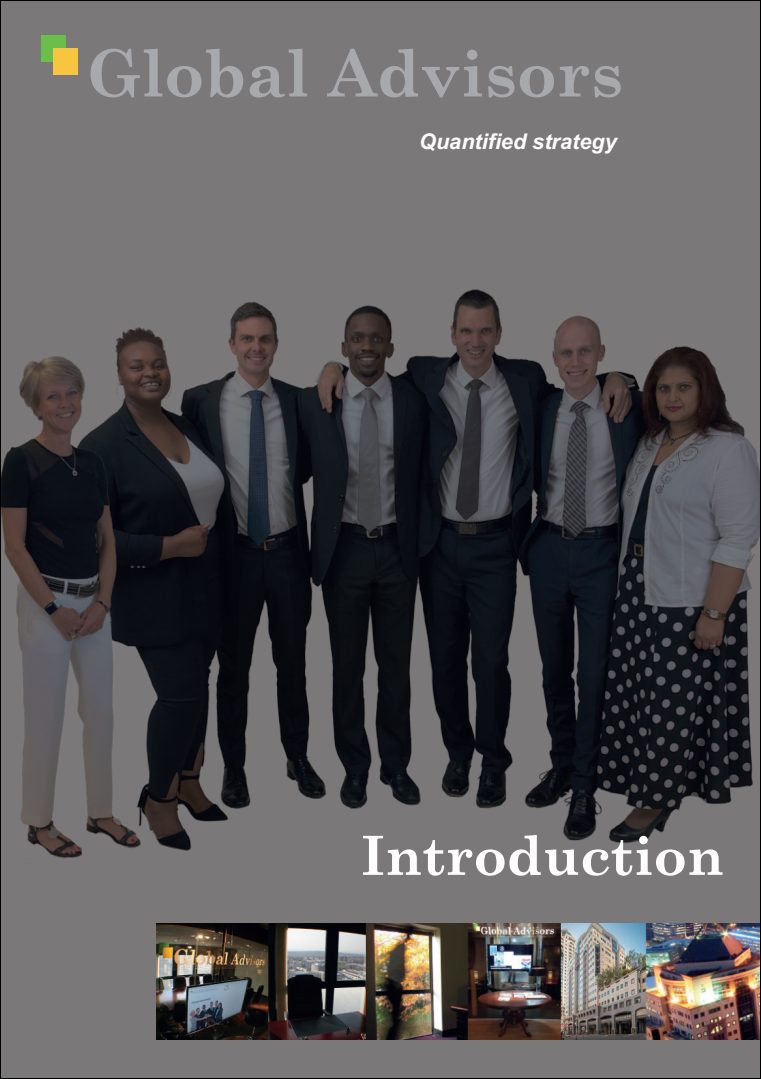“Habit stacking increases the likelihood that you’ll stick with a habit by stacking your new behaviour on top of an old one. This process can be repeated to chain numerous habits together, each one acting as the cue for the next.” – James Clear – Author – Atomic Habits
The quote, “Habit stacking increases the likelihood that you’ll stick with a habit by stacking your new behaviour on top of an old one. This process can be repeated to chain numerous habits together, each one acting as the cue for the next,” is attributed to James Clear, a leading voice in behavioural science and the author of the globally influential book, Atomic Habits. Clear’s work has reframed the way both individuals and organisations understand the mechanisms of behaviour change, offering a practical, systematic approach for embedding lasting habits into daily life.
Context of the Quote and Its Application
This statement encapsulates the method of habit stacking, a concept introduced and popularised by Clear in Atomic Habits (2018). The central insight is deceptively simple: by pairing a new, desired behaviour with an existing, ingrained routine, you leverage the powerful momentum of what is already automatic. This pairing creates a domino effect—where each action naturally triggers the next—significantly improving the probability of successfully adopting new habits.
For example, rather than attempting to establish a new meditation practice in isolation, one might link it to the act of pouring morning coffee—a deeply embedded daily ritual. This method recognises that existing habits are already encoded in our neural pathways; by attaching a new behaviour to these patterns, habit stacking makes behavioural change more reliable and sustainable.
About James Clear
James Clear is a writer and speaker focused on habits, decision-making, and continuous improvement. After recovering from a serious injury early in his academic career, he developed a keen interest in how small behaviour changes, when applied consistently, could yield significant long-term results. His book, Atomic Habits, has sold millions of copies worldwide and has become a core text for those seeking practical strategies to drive personal and professional transformation. Clear’s approachable, evidence-based philosophy has been embraced by leadership teams, professional athletes, and individuals alike, making the principles of behavioural science accessible and actionable.
Backstory on Leading Theorists of Habits
James Clear stands alongside a lineage of influential thinkers who have shaped contemporary habit theory:
-
Charles Duhigg, author of The Power of Habit (2012), brought the concept of the habit loop—cue, routine, reward—into the mainstream. Duhigg’s work, rooted in neuroscience and psychology, examines how routines form and how they can be hacked or redirected. While Duhigg laid the groundwork, especially around understanding the mechanics of habit formation, Clear advanced the practical application, notably with habit stacking.
-
BJ Fogg of Stanford University developed the Fogg Behavior Model, positing that behaviour is a function of motivation, ability, and prompt. Fogg’s work emphasises the importance of tiny habits and prompts—closely related to the triggers in Clear’s habit stacking model.
-
Wendy Wood, professor of psychology and business, is another key figure, whose research underscores how much of daily behaviour is habitual and context-driven. Her book, Good Habits, Bad Habits (2019), further unpacks the unconscious dynamics of habit loops and environmental triggers.
Why Habit Stacking Matters
The move towards habit stacking in professional and personal settings reflects a sophisticated understanding of how real, sustained change occurs: not through heroic acts of self-discipline, but by architecting environments and routines that make doing the right thing the path of least resistance. As we seek to close the gap between intent and action—whether in leadership, health, or strategic execution—the wisdom embodied in this quote serves as both blueprint and inspiration.
Quote Context and Background
The idea presented by James Clear in the quote—“Habit stacking increases the likelihood that you’ll stick with a habit by stacking your new behaviour on top of an old one. This process can be repeated to chain numerous habits together, each one acting as the cue for the next.”—is rooted in practical behaviour change science. This insight, from his seminal work Atomic Habits, emerges from the recognition that new habits rarely emerge in a vacuum; instead, they are more effectively anchored when they leverage established routines already cemented in our daily lives.
Clear’s concept of habit stacking asks: how can we make new actions automatic? His answer is to attach the desired behaviour to something habitual—using the momentum and neural pathways of an existing action to cue a new one. Over time, these habit chains can “stack” to create robust sequences, such as a seamless morning routine that transitions effortlessly from coffee, to meditation, to journaling, and so on.
